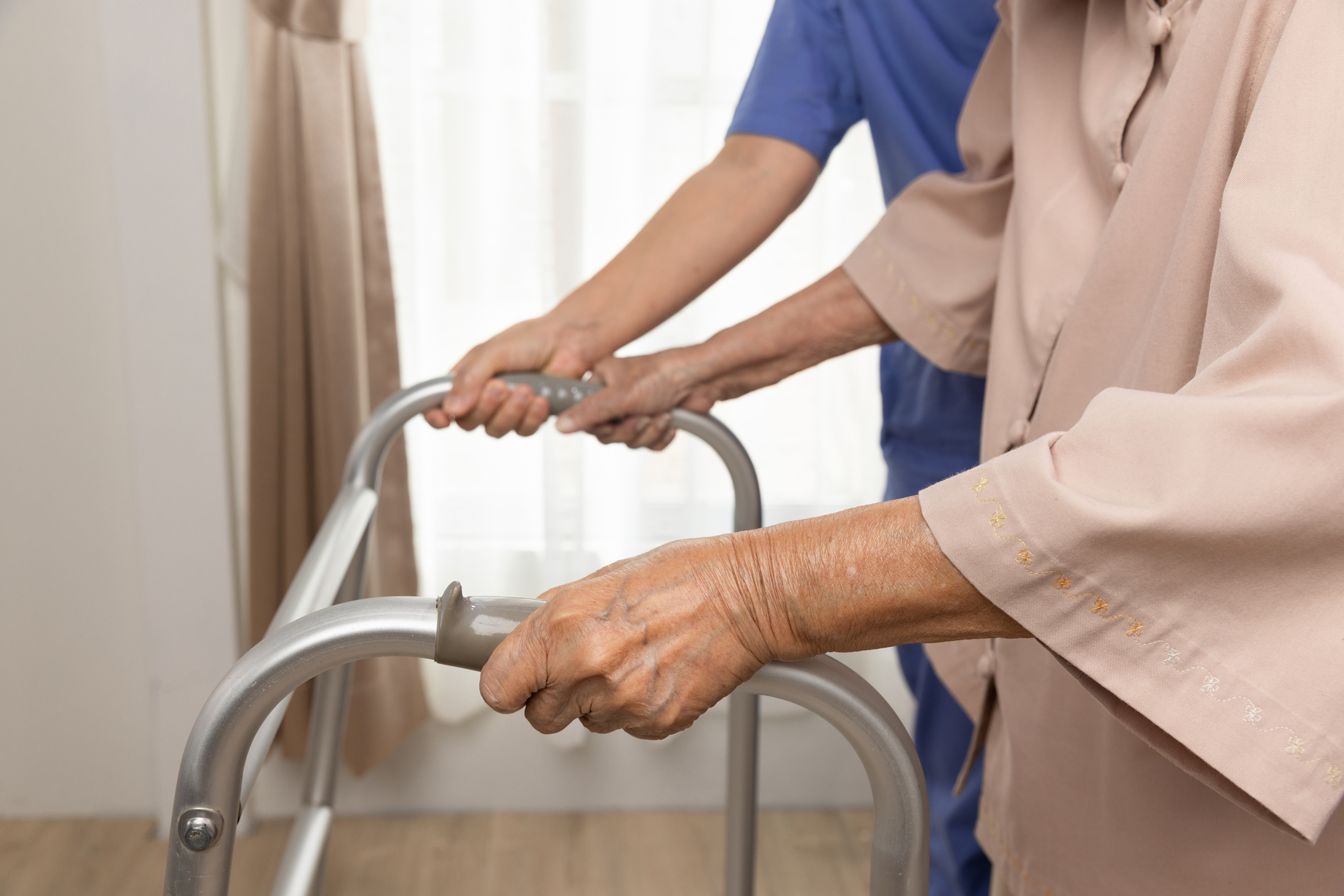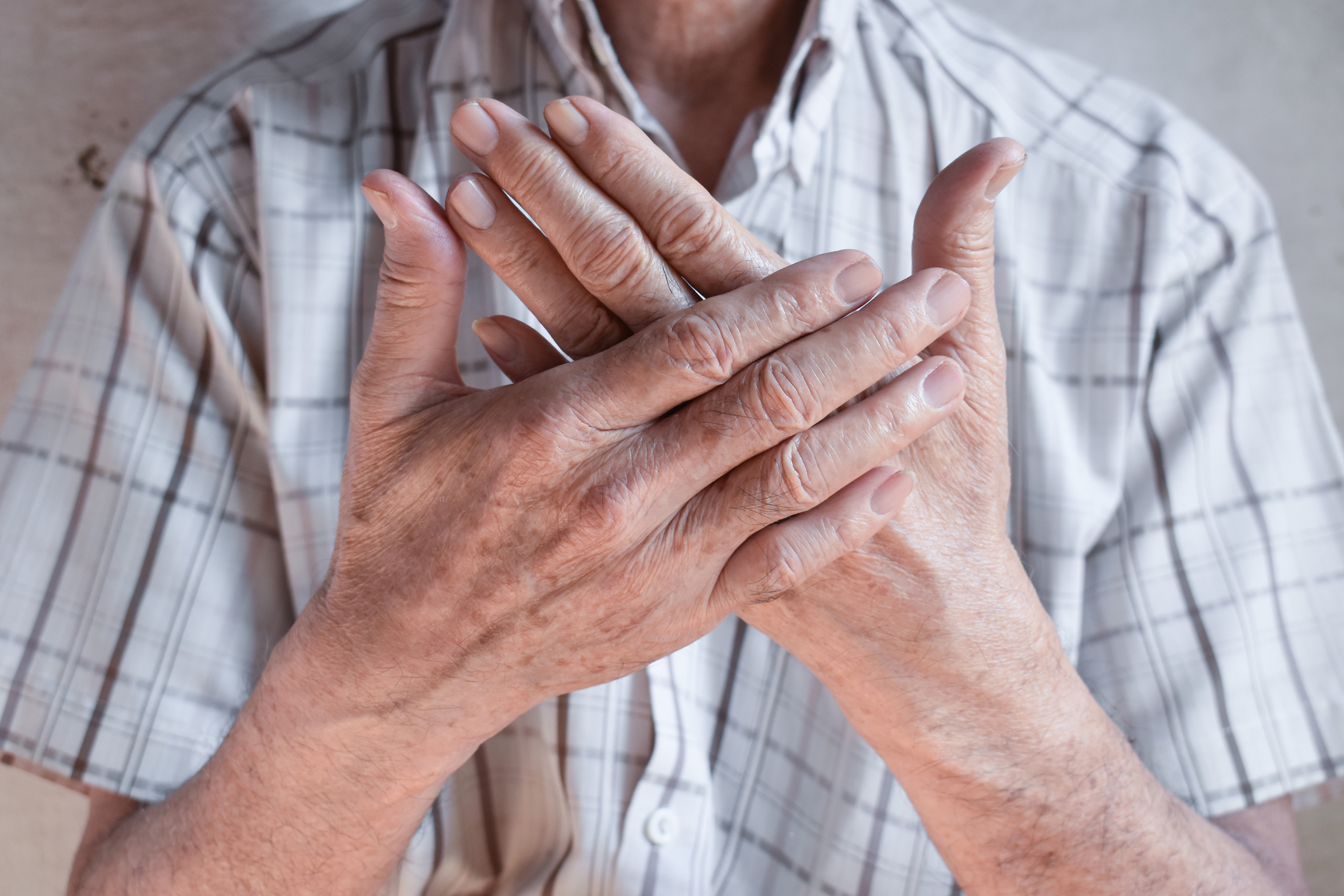Muscular Dystrophy: Causes, Signs, and Everything In Between
Muscular Dystrophy (MD) is a collective term for a group of genetic disorders that lead to progressive muscle weakness and degeneration. These conditions affect individuals differently depending on the type and severity, but all forms of MD involve a gradual loss of muscle function over time. Understanding the causes, symptoms, and management options can empower those living with MD, as well as their families and caregivers, to better navigate the challenges associated with the condition.
Causes of Muscular Dystrophy

MD is caused by genetic mutations that disrupt the production of proteins essential for healthy muscle function. These mutations are typically inherited, though some can occur spontaneously. The most common type, Duchenne Muscular Dystrophy (DMD), is linked to a mutation on the X chromosome, which is why it primarily affects boys. Other forms, such as myotonic dystrophy and facioscapulohumeral dystrophy, can affect both genders and are inherited in different patterns, such as autosomal dominant or autosomal recessive.
Signs and Symptoms

Symptoms of MD vary depending on the type but generally include:
- Muscle Weakness: The most common and early sign, muscle weakness typically begins in specific groups such as the legs and pelvis in DMD or the face and shoulders in facioscapulohumeral dystrophy.
- Difficulty Walking and Mobility Challenges: Children with MD often experience developmental delays in walking, frequent falls, and difficulty with activities like running and jumping. As the disease progresses, walking can become increasingly difficult, often leading to reliance on wheelchairs.
- Muscle Stiffness and Pain: As muscles deteriorate, stiffness, cramping, and pain can occur, particularly after physical exertion or periods of inactivity.
- Enlarged Calves (Pseudohypertrophy): Some forms, like DMD, cause calf muscles to appear unusually large due to fat and connective tissue replacing muscle fibers.
- Learning and Cognitive Difficulties: Especially seen in DMD, where some boys may have learning disabilities, attention-deficit disorders, or other cognitive challenges.
- Cardiac and Respiratory Issues: In advanced stages, the weakening of the heart and respiratory muscles can lead to complications like cardiomyopathy and respiratory failure, which are critical considerations in the long-term management of MD.
Diagnosis and Treatment

MD is diagnosed through a combination of genetic testing, muscle biopsies, and clinical evaluations. Advanced imaging techniques such as MRI can also help in assessing muscle damage. While there is currently no cure, a multi-disciplinary approach involving various treatments can significantly improve quality of life:
- Physical Therapy: Essential for maintaining mobility and preventing contractures (permanent shortening of muscles or tendons). Tailored exercise programs can help preserve muscle strength and joint flexibility.
- Medications: Corticosteroids, like prednisone and deflazacort, can slow the progression of muscle degeneration. In cases where the heart is affected, medications such as ACE inhibitors or beta-blockers may be prescribed.
- Gene Therapy and Emerging Treatments: Advances in gene therapy, including exon skipping and CRISPR, offer hope for future treatments. Clinical trials are ongoing, focusing on therapies that aim to correct the genetic mutations or slow disease progression.
- Assistive Devices: Braces, standing frames, and wheelchairs support mobility and independence. Breathing assistance devices like ventilators may be needed as respiratory muscles weaken.
- Surgical Interventions: Surgery may be required to address complications like scoliosis (curvature of the spine) or to release tight tendons, improving posture and comfort.
Types of Muscular Dystrophy

Each type of MD has distinct characteristics and progression patterns:
- Duchenne Muscular Dystrophy (DMD): Symptoms typically appear in early childhood, with rapid progression of muscle weakness. Boys with DMD usually lose the ability to walk by their early teens and may experience severe cardiac and respiratory issues in their twenties.
- Becker Muscular Dystrophy: Similar to DMD but with a slower onset and milder symptoms, allowing some individuals to remain ambulatory into their adult years.
- Myotonic Dystrophy: The most common form in adults, characterized by prolonged muscle contractions (myotonia), weakness, and systemic effects including cardiac abnormalities and cataracts.
- Limb-Girdle Muscular Dystrophy: Affects the muscles around the hips and shoulders first, leading to difficulties with lifting, climbing stairs, and walking.
- Facioscapulohumeral Muscular Dystrophy: This type affects the muscles of the face, shoulders, and upper arms, often progressing slowly with variability in severity. Some individuals may experience mild symptoms, while others face significant mobility challenges.
Living with Muscular Dystrophy

Managing MD involves a comprehensive, long-term strategy that addresses physical, emotional, and social needs:
- Multidisciplinary Care Teams: Regular consultations with a team that includes neurologists, cardiologists, pulmonologists, physical therapists, and occupational therapists are critical for managing the various aspects of MD.
- Adaptive Strategies: Home modifications, such as installing ramps and accessible bathrooms, can greatly improve independence. Learning to use assistive technologies, such as voice-activated devices, can enhance daily living.
- Mental Health Support: The psychological impact of MD should not be overlooked. Depression, anxiety, and social isolation are common, making psychological counseling and support groups valuable resources for patients and their families.
- Nutrition: Maintaining a healthy diet is important, particularly for managing weight and preventing obesity, which can further strain weakened muscles. Some types of MD may also benefit from specific dietary modifications or supplements as advised by a nutritionist.
- Education and Employment: For individuals with MD, pursuing education and employment may require accommodations. Working with educators and employers to implement necessary adjustments can enable continued engagement in school or work environments.
Support and Resources

Living with MD requires a strong network of support. Organizations such as the Muscular Dystrophy Association (MDA) and Parent Project Muscular Dystrophy (PPMD) provide valuable resources, from research updates and clinical trials to patient advocacy and community support. Connecting with these organizations can offer both practical assistance and emotional support, helping individuals with MD and their families navigate the journey together.
What to Remember

While muscular dystrophy presents significant challenges, advancements in research and treatment are continually improving outcomes and quality of life for those affected. A proactive approach to care, involving early diagnosis, comprehensive management, and support networks, can empower individuals with MD to live as fully and independently as possible. Staying informed about the latest in treatment options and connecting with the MD community can provide both hope and practical strategies for managing this complex condition.